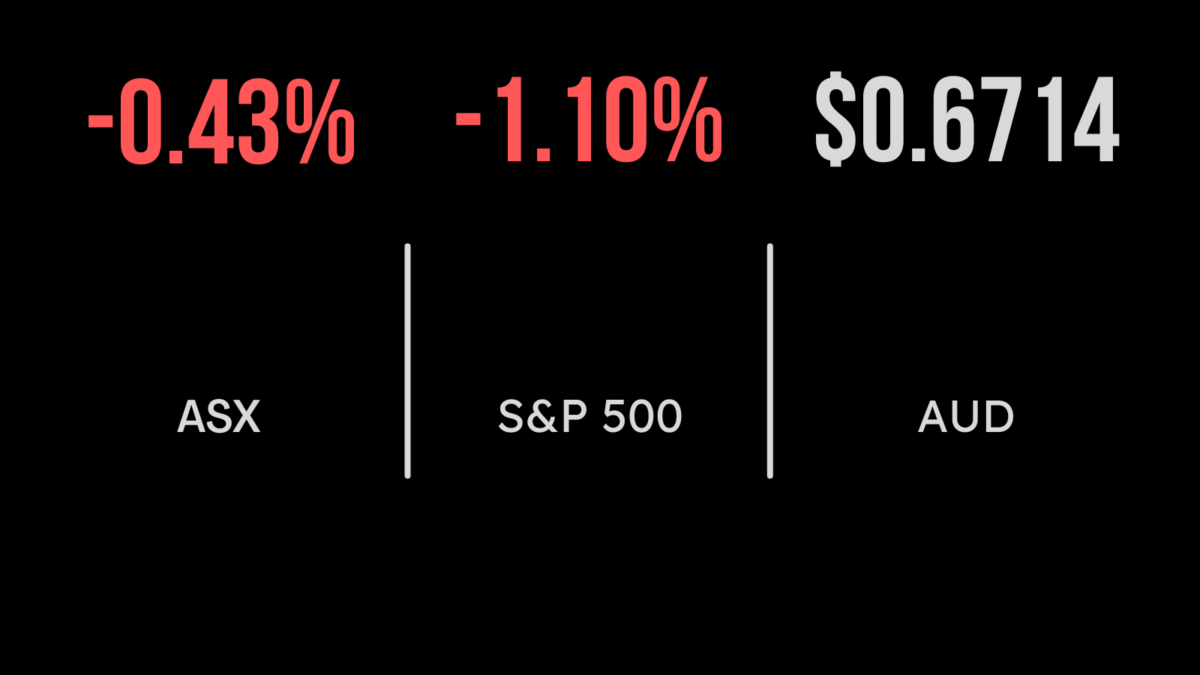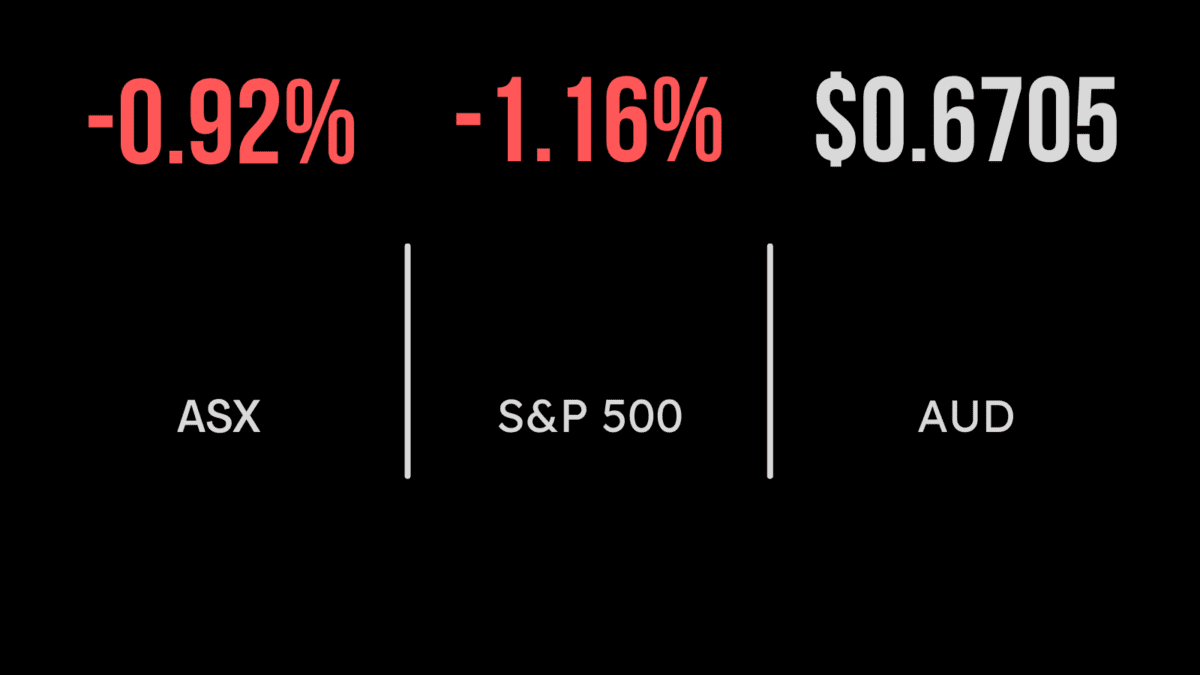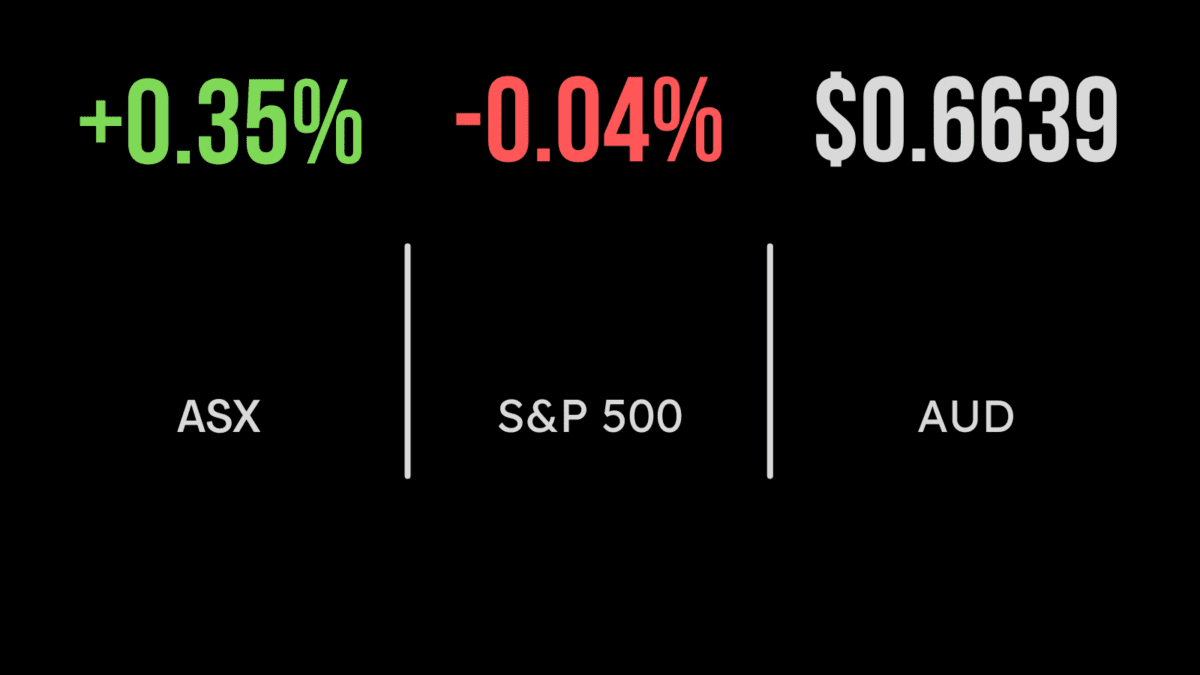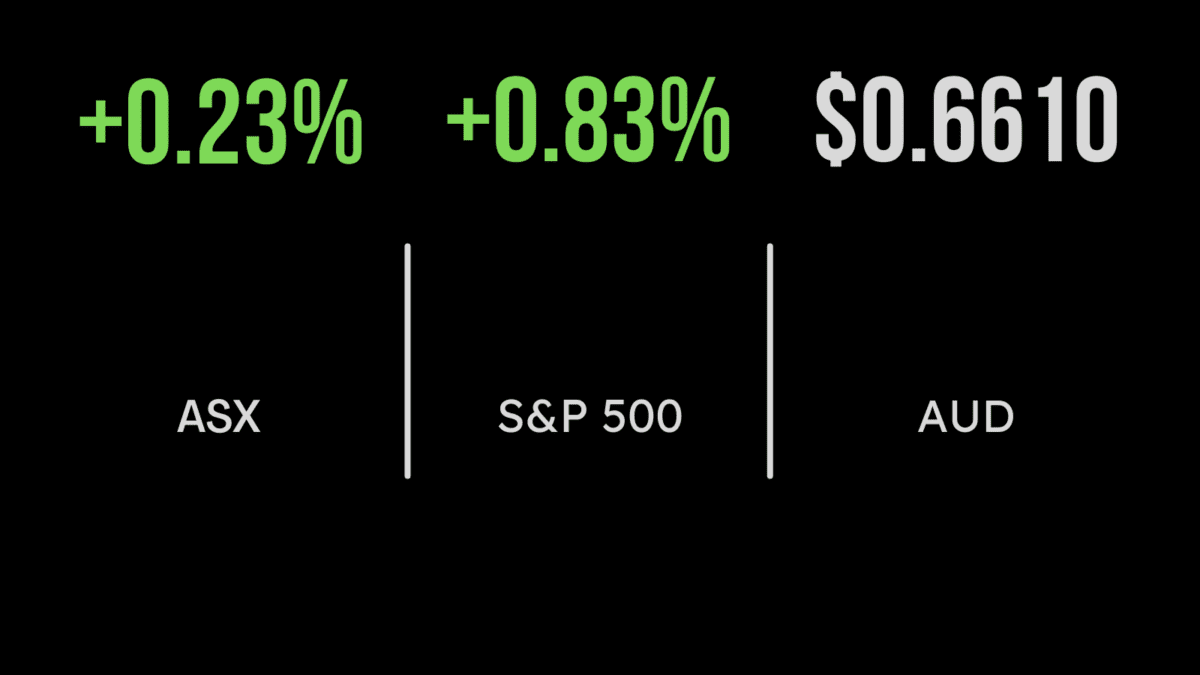ASX rallies into the close, Liontown surges, Close the Loop in acquisition mode, banks rally
The local market powered into the close, overcoming early losses to finish 0.4 per cent higher. The energy and financial sectors were central to the positive move, adding 2.3 and 0.9 per cent respectively. All four major banks gained, led by the National Australia Bank (ASX:NAB) which was 1.7 per cent higher on the day. The property sector was the hardest hit, falling 1.4 per cent on the back of a 3.3 per cent drop in GPT (ASX:GPT) to finish the week. Kelsian (ASX:KLS) fell 7.4 per cent finalising the terms of its capital raising, while lithium miner Liontown (ASX:LTR) topped the market for the day and week, adding 8.2 per cent. Link (ASX:LNK) was finally able to dispose of its banking and credit management division, albeit for just $48.6 million, while popular tracking application, Life360 (ASX:360) reported a doubling of revenue to US$228 million. Management described it as a ‘tremendous year’ with shares gaining 2.3 per cent. Across the week only healthcare managed a positive result, up just 0.1 per cent, while energy felt the brunt of an impending economic slowdown, falling by 5.1 per cent.
Tech outperforms as banking crisis extends; markets finish weaker
Global markets finished the weak on a negative tone, with the Dow Jones dropping 1.2 per cent, the S&P500 1.1 and the Nasdaq 0.7 per cent, as the combination of European rate hikes and an expanding banking crisis left investors uncertain. The week has seen an incredible return of volatility and uncertainty, led by the Silicon Valley Bank administration, then Credit Suisse accessing $81 billion in loans from the Swisse Government. Overnight it was reported that US banks had accessed US$165 billion from the Federal Reserve over the week, increased from just US$4 billion the week prior, evidencing the extent of the liquidity concerns. Shares in First Republic (NYSE:FRC) fell by close to one third after a consortium of major banks offered liquidity via deposits. US leading economic indicators continue to point to a weakening of the economy. In positive news, FedEx (NYSE:FDX) shares gained more than 8 per cent after the company upgraded forecasts for the third quarter and delivered a strong result. Across the week, the crisis saw a flood to quality, with the Nasdaq outperforming, up 4.4 per cent, the Dow falling 0.1 and the S&P500 gaining 1.4 per cent.
Bank runs, rate hikes and a flight to quality
Who would have thought that after a relatively smooth beginning to 2023, just three months in we would see a 1930’s era bank run in the US. Triggered by comments on social media platform Twitter, accountholders rushed to the exits, leaving Silicon Valley Bank teetering. The swift response by the Federal Reserve to guarantee all deposits ensured the issue would not spread more widely and reflects what many of come to expect; that policymakers understand the importance of confidence and will respond quicker than ever to avert a real financial crisis. The question is, however, for how long can the most aggressive rate hiking policy in history continue, while simultaneously offering liquidity to financial institutions facing mass withdrawals. Bond markets are now suggesting rate hikes are down, while many forecasters continue to predict further hikes despite growing concerns about the economy. One thing stood out this week, which was the flight to quality as investors flooded back into big tech and healthcare to weather the storm.









